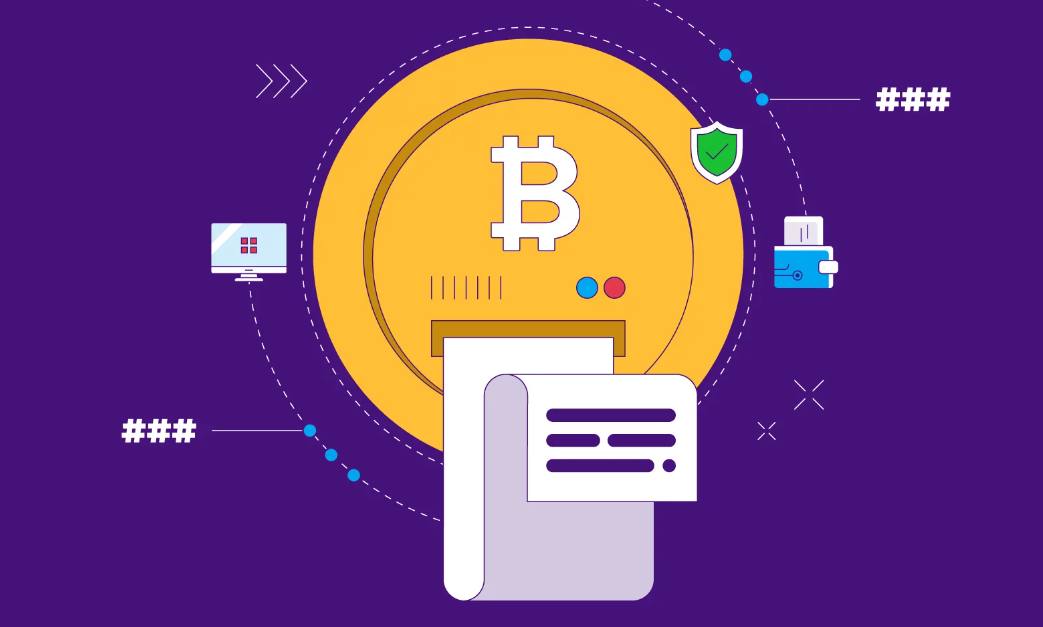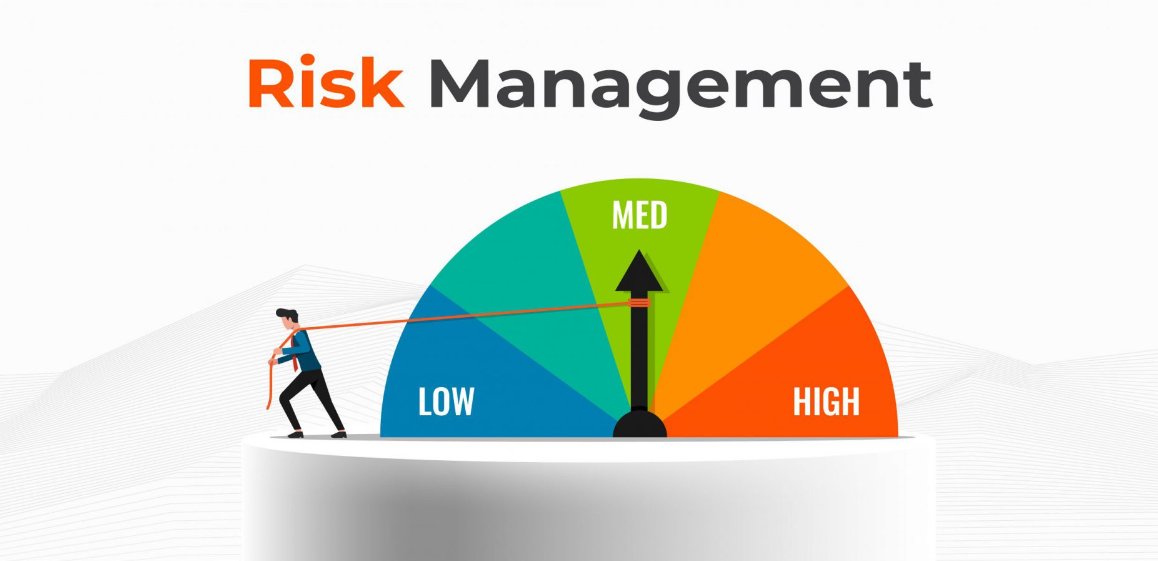
Cryptocurrencies have redefined the financial landscape, presenting both unprecedented opportunities and challenges. Navigating this dynamic space necessitates more than a leap of faith; it demands a strategic approach that we have so often heard as due diligence.
Crypto due diligence is like a list of very important instructions that help investors make informed decisions, ensuring they confidently tread the complex path of digital assets.
What is Crypto Due Diligence?
Crypto Due Diligence is a process that involves careful consideration and examination of various factors that collectively contribute to the viability and potential success of a cryptocurrency project.
It is a delicate process that requires a lot of research conducting activities, which are instrumental in ensuring that you don’t make a decision that might come back to haunt you in your crypto investing journey.
It involves going through various steps, including analyzing a crypto project’s white paper and researching the team and technology behind the project. You also cover the areas of market conditions, regulatory challenges, and potential risks in the process of due diligence.
Key Factors in Crypto Due Diligence
We have discussed earlier what key factors investors should analyze while performing due diligence; we will now take an in-depth look at what these processes entail.
The Whitepaper

A cryptocurrency’s project whitepaper is the foundational document, similar to a business plan in the traditional financial sector.
It defines the purpose behind the creation or inception of a particular cryptocurrency project, along with the goals the project wants to accomplish, and also outlines the technical details.
An extensive examination of the whitepaper will help you provide clarity about the project’s vision, goals, and underlying technology, which can, in turn, help you decipher the fundamentals of the project.
Team Assessment

One of the most critical steps in crypto due diligence is assessing the development team of a cryptocurrency project. While we are not saying to avoid an upcoming or newbie team that might have much prior experience, there are other factors you can look at to judge their potential.
However, teams with good expertise, experience, track record, and reputation can instill confidence in investors because they know from looking into their records that this team can steer the project toward potential success.
For example, after leaving Ethereum in 2014, Charles Hoskinson co-founded Cardano, a smart contract platform for improved scalability and security.
He leads IOHK, the company behind Cardano’s development. Cardano is one of the top-performing cryptocurrencies today because of Hoskinson’s experience and reputation in his previous project.
Another similar example in this scenario can be given of Gavin Woods. Wood developed Ethereum’s initial platform and later became Ethereum Foundation’s chief scientist.
He founded Polkadot, a blockchain interoperability network connecting various other blockchains. He also contributes to Parity Technologies, a Web3 infrastructure company.
Technological Underpinnings

The underlying blockchain technology, the consensus mechanism employed, and the smart contract functionalities are some technological foundations you must analyze to infer whether or not the crypto project you are currently investigating shows promising potential.
A robust and innovative technological foundation ensures the cryptocurrency’s functionality and positions it competitively in a rapidly evolving landscape.
Market Potential

Any good cryptocurrency project must serve as a use case that can prove instrumental in providing newer, efficient solutions to an old problem.
A project that serves good use cases has a lot of potential to grow in the market since its utility increases its demand, which diverts the attention of several investors.
Investigate the current trends, demand, and competition within the crypto market. Understanding the project’s unique value proposition and how it aligns with market trends is crucial for anticipating its future growth and sustainability.
A project that doesn’t serve a bigger purpose cannot be considered an ideal investment tool.
Risk Mitigation

No crypto due diligence is complete without a comprehensive risk assessment. They are identifying potential risks, whether regulatory uncertainties, security concerns, or other vulnerabilities, allows investors to make informed decisions.
An effective due diligence process seeks opportunities and acknowledges and mitigates potential challenges.
For example. FTX, a major crypto exchange, crashed in 2022 due to ignored risks. Lack of financial transparency, overreliance on one entity, and risky borrowing practices set the stage for disaster.
Investors missed red flags fueled by hype and failed to conduct thorough due diligence. The fallout from FTX teaches a harsh lesson: scrutinize financial aspects, prioritize decentralization, diversify funding, and seek independent verification.
Today’s investors are warier, demanding greater transparency and focusing on fundamental strengths before succumbing to speculation. By learning from FTX, the crypto industry can create a more stable and trustworthy future.
Assessing the Team and Development
We have discussed earlier that you must look at the team behind the project development to conduct thorough crypto due diligence. While we have covered points like looking into the team’s experience, goals, and reputation to help you gauge the potential of the team’s plans and their success probability, there are other additional factors you should also consider.
Community Engagement
A strong community is often indicative of a project’s potential for success. Analyze the level of engagement within the project’s community channels, such as forums, social media, and official communication channels.
A vibrant and supportive community can contribute to the project’s resilience and adoption.
Project Updates
Regular updates on project milestones, partnerships, and technological advancements are key indicators of a team’s commitment and progress.
Analyze the consistency and depth of project updates. Teams that communicate effectively demonstrate accountability and a dedication to keeping their investor community well-informed.
Transparency in Development
An open-source approach to development and external audits add layers of transparency and credibility.
Evaluate whether the project’s codebase is open for public scrutiny and has undergone security audits by reputable third-party firms. These practices contribute to a secure and transparent development process.
Understanding the Technology
Similar to our earlier discussion on looking more into assessing the team behind a cryptocurrency project, we are also going to look at technological considerations, apart from the ones discussed earlier, to get a clearer picture of what the project’s vision is and what are they doing to make it more appealing to the crypto community.
Innovation and Technological Advancements
Rapid technological advancements mark the crypto space. Evaluate whether the project embraces innovation and stays current regarding the latest developments.
Showing agility towards embracing newer technology is crucial for adapting to market trends and maintaining a competitive edge.
Teams conducting newer research, development, and partnerships showcase a commitment to working towards more unique goals that can prove instrumental in the success of the cryptocurrency project.
Security Measures
Security is paramount in the world of cryptocurrencies. Investigate the security measures implemented by the project, including encryption protocols, secure key management, and protection against common attack vectors.
Projects prioritizing security build trust among users, fostering a secure environment for transactions and interactions.
Interoperability and Integration
Consider the project’s approach to interoperability and integration with other blockchain networks.
Seamless interaction with external platforms expands the project’s utility and potential user base. Projects that facilitate interoperability demonstrate a forward-thinking approach to the broader blockchain ecosystem.
For example, before Chainlink, smart contracts were walled off from the real world, limiting their use. By building a decentralized oracle network, Chainlink bridged this gap, allowing smart contracts to access and react to real-world data.
The process unlocked many new finance, supply chain, and insurance possibilities.
Now integrated with numerous blockchains and countless dApps, Chainlink has become a central pillar of DeFi and Web3, proving its critical role in connecting smart contracts to the real world.
Analyzing the Market and Competition
Successful due diligence in the dynamic crypto market involves analyzing trends and the competitive landscape.
Investors must identify a project’s unique value proposition and assess how it stands out among peers. Understanding current market trends, such as the rise of DeFi and NFTs, provides context for evaluation.
How a cryptocurrency compares to others helps us see what makes it different, like its special features and partnerships.
A clear reason for existing, like solving a problem that’s not getting much attention, is important for a project’s long-term sustainability.
Checking how many people are leaning toward a project’s adoption and how its popularity is increasing can indicate its future potential.
Keeping up with the regulations and ensuring the cryptocurrency follows them makes it more likely to do well in the long run.
Risks and Red Flags in Crypto Due Diligence
Investors in the crypto space must be vigilant for potential red flags during crypto due diligence to mitigate risks.
Regulatory uncertainties pose a significant challenge, requiring evaluating a project’s compliance with existing regulations and adaptability to future changes.
Looking at past security records is also vital, emphasizing encryption protocols, key management, and contingency plans to address any vulnerabilities.
Lack of transparency in communication, including irregular updates and unclear responses to concerns, raises suspicions.
Overpromising and hype are common pitfalls; investors should assess the feasibility of a project’s goals.
Evaluating tokenomics, such as distribution and utility, helps assess economic viability, and unrealistic tokenomics may pose financial risks for investors.
The crash of TerraUSD (UST), an algorithmic stablecoin, is a stark example of potential red flags in crypto that investors should be attentive to during due diligence.
Despite its intended stability pegged to the U.S. dollar, UST suffered a severe crash, dropping from $1 to $0.35 in 2022, revealing vulnerabilities in its algorithmic mechanisms.
The rapid sell-off on digital asset exchanges, insufficiently buffered by these mechanisms, triggered the crash and raised questions about the coin’s resilience.
The incident underscores the importance of evaluating a project’s stabilization mechanisms thoroughly.
The subsequent legal actions and loss of confidence in algorithmic stablecoins highlight the need for continuous monitoring and regulatory oversight in managing crypto assets.
The crash had far-reaching consequences, disrupting the wider stablecoin market and shaking investor confidence in the reliability of crypto stablecoins.
Legal repercussions further strained the project’s resources and reputation, leading to financial losses for investors and stakeholders impacted by the sudden decline in value.
Understanding Roles of Key Federal Authorities
Navigating the regulatory landscape is a critical aspect of due diligence in the cryptocurrency space. Different jurisdictions have their regulatory authorities involved in policing the issuance of crypto tokens to their distribution and whether or not they comply with the laws defined for them.
For example, in the United States, different regulatory authorities are involved in monitoring a project’s compliance with the regulations they have set for it to function in the U.S. market.
The Financial Crimes Enforcement Network (FinCEN) oversees digital assets concerning anti-money laundering (AML) and counter-terrorism financing regulations.
The Securities and Exchange Commission (SEC) plays a supervisory role in the issuing and resale of digital assets categorized as securities, such as crypto exchange-traded funds (ETFs), stocks of crypto-mining companies, and certain cryptocurrencies.
The Commodity Futures Trading Commission (CFTC) regulates digital assets classified as commodities or used as derivatives, covering futures and options contracts on cryptocurrencies like Bitcoin or Ethereum.
The Bank Secrecy Act (BSA), amendments to the USA Patriot Act, and the Anti-Money Laundering Act establish a framework for preventing money laundering.
Additionally, the U.S. Department of the Treasury and Internal Revenue Service (IRS) propose regulations related to sales or exchanges of digital assets, including cryptocurrencies, addressing information-reporting requirements and determining factors like amount realized, basis, and backup withholding.
Understanding the roles of these authorities is crucial for financial advisors engaged in crypto transactions to ensure compliance and navigate potential regulatory changes in this dynamic space.
Conclusion
In conclusion, navigating the complexities of cryptocurrency investments demands diligent research and a strategic approach.
Crypto due diligence encompasses assessing whitepapers, scrutinizing development teams, and understanding technological foundations.
Community engagement, transparent development, and adherence to compliance further contribute to a robust due diligence process. In this dynamic landscape, informed decisions are paramount, emphasizing balancing opportunities with a keen awareness of potential risks for a secure and rewarding crypto investment journey.




